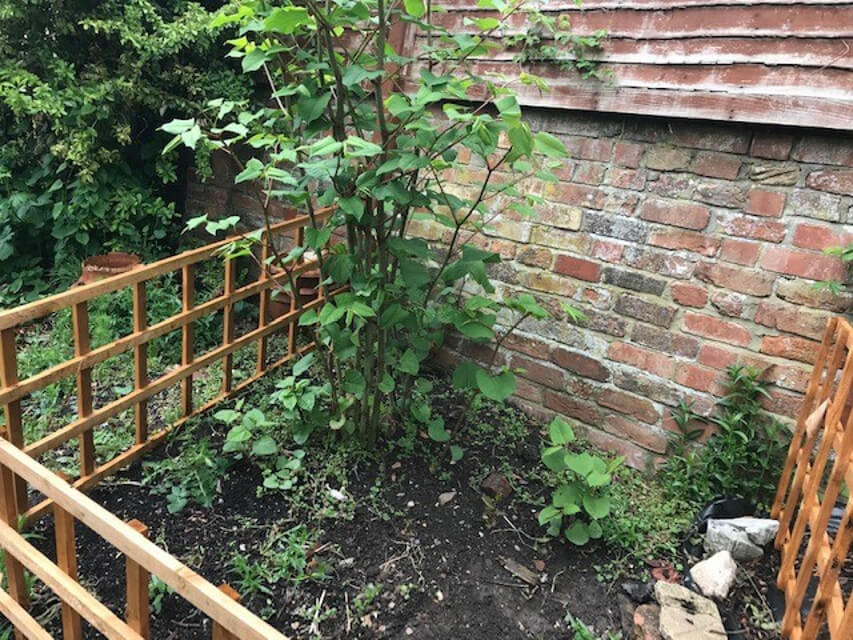
Japanese Knotweed can be a tricky plant to identify due to the fact its appearance changes throughout the year. It can also look quite similar to other plants like Bindweed, Russian Vine, Bamboo and Broadleaf Dock.
Fortunately, there are a few defining features of Japanese Knotweed to look out for. If you need help identifying Japanese Knotweed, read our handy Japanese Knotweed identification guide.
More...
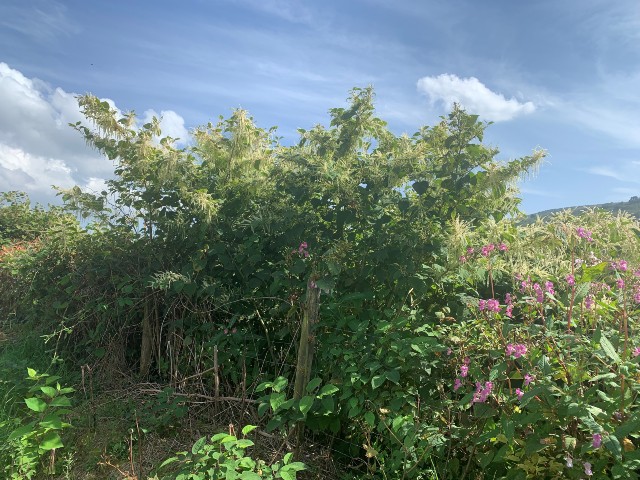
Japanese knotweed isn’t always the easiest plant to identify, and there are lots of other weeds it can be mistaken for. To confuse things further, Japanese knotweed will look different depending on the season.
The best time of year to identify Japanese knotweed is during the late summer/autumn months, particularly in September. The later summer months are also the best time to treat it, so all the more reason identify it as soon as possible.
More...
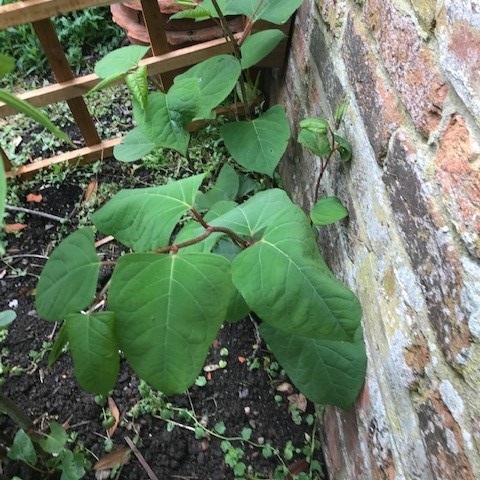
As winter approaches, Japanese knotweed (Fallopia japonica) enters the dormant phase of its annual growth cycle. During this period, the clusters of cream-coloured flowers will disappear and the bamboo-like canes will die away, but don't be fooled - the plant itself lives on beneath the soil.
If you've done your research, you may be aware that Japanese knotweed rhizomes can stay in the ground for a long time, dormant but not dead. This can lead to some real headaches when attempting to buy or sell a property that was affected by knotweed in the past; the plant may no longer be visible above ground, but it's difficult to know for sure that it will never reappear.
More...
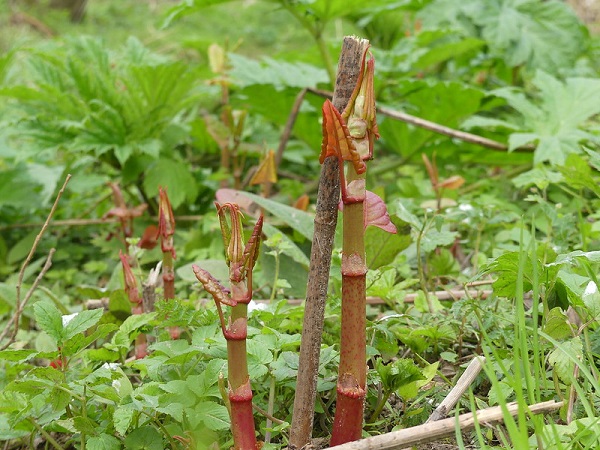
While there's never a good time to find Japanese knotweed on your property, there is an optimal time to treat it if you want to make sure it stays out of your garden all year round.
When planning Japanese knotweed removal, timing is key if you want your efforts to have the maximum effect. Treating weeds like Japanese knotweed at the wrong time of year will make the removal process harder and may even risk spreading the infestation further around your garden.
So, when is the best time to treat Japanese knotweed?
Although some people might argue that the best time to treat Japanese knotweed is in the spring / summer when it's growing most rapidly, we've found that the most effective time to treat Japanese knotweed with herbicides is after June, heading towards autumn. Here's why!
As summer turns to autumn, Japanese knotweed stops putting energy into growth and instead uses its energy to move sugars and nutrients down towards its underground rhizome structure. This is an important part of the plant's life cycle that helps it to survive the harsh winter months.
We take advantage of this shift in energy by applying specialist herbicides to the Japanese knotweed. The natural flow of nutrients enables the herbicide to penetrate deep underground and get at the rhizome (root).
Can I treat Japanese knotweed in spring / summer?
If you notice a developing Japanese knotweed problem, we'd always recommend getting a survey right away so that you can determine the right time and type of treatment for your specific case. Generally, we don't treat Japanese knotweed as much during the spring / early summer months because the herbicides can be less effective.
During this time, the Japanese knotweed is putting all of its available energy into pushing nutrients up to the leaves and flowers, so herbicide applications can kill off the top section of the weeds without really addressing the rhizomes underground.
What are my Japanese knotweed treatment options?
When it comes to treating Japanese knotweed, there are quite a few different options to choose from. Here at Taylor Total Weed Control, we offer a free no-obligation survey and a range of treatment plans to help you get your Japanese knotweed problem under control quickly.
Our Japanese Knotweed Treatment Plans >
We hope that this shed some light on the best time to treat Japanese knotweed. If you have any questions at all, don't hesitate to get in touch with our team.
During the autumn months, the majority of weeds and plants begin to die out and wilt with Japanese knotweed being no different. If you believe you have an infestation of knotweed on or near your property but are unsure and need confirmation, read on some tips on how to correctly identify Japanese knotweed in the autumn months.
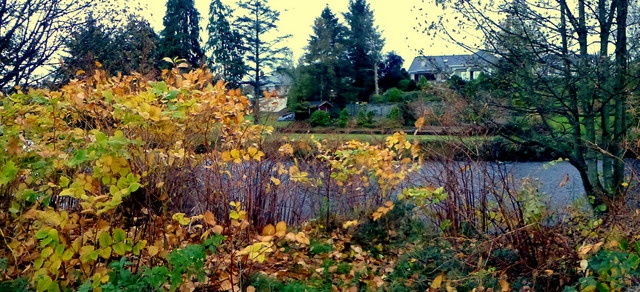
Photo by Kenneth Allen
Identifying Japanese knotweed in the autumn
When trying to identify Japanese knotweed in autumn, there are a few things you should be on the lookout for:
- A very dense cluster of bamboo stems with a lot of foliage
- Plants that are approximately 2-3 meters high
- Leaves that are starting to turn yellow and are wilting
- Hollow bamboo-like stems that are beginning to turn from a reddish-brown into a darker shade of brown
- Leaves will contain a distinctive zigzag pattern on the stems
- The leaves will also have a distinctive heart-shape with a pointed tip and straightened edge
- During late autumn the canes will begin to die off and the plant becomes dormant
During the autumn months, Japanese knotweed will look similar to that in late summer, so shouldn't be too hard to identify. During these months, however, Japanese knotweed begins to flower where nearly all of the plant's resources are transferred to its rhizomes, causing it to grow significantly. This presents the optimal time to treat and reduce further rhizome growth.
Japanese knotweed treatment in autumn
If you're interested in how we work to treat Japanese knotweed during the autumn, take a look at our handy infographic below!

Do you require more information on Japanese knotweed during the autumn? Please feel free to get in touch with the Taylor Total Weed Control team today by filling out the form below - we'd be more than happy to help you out!
